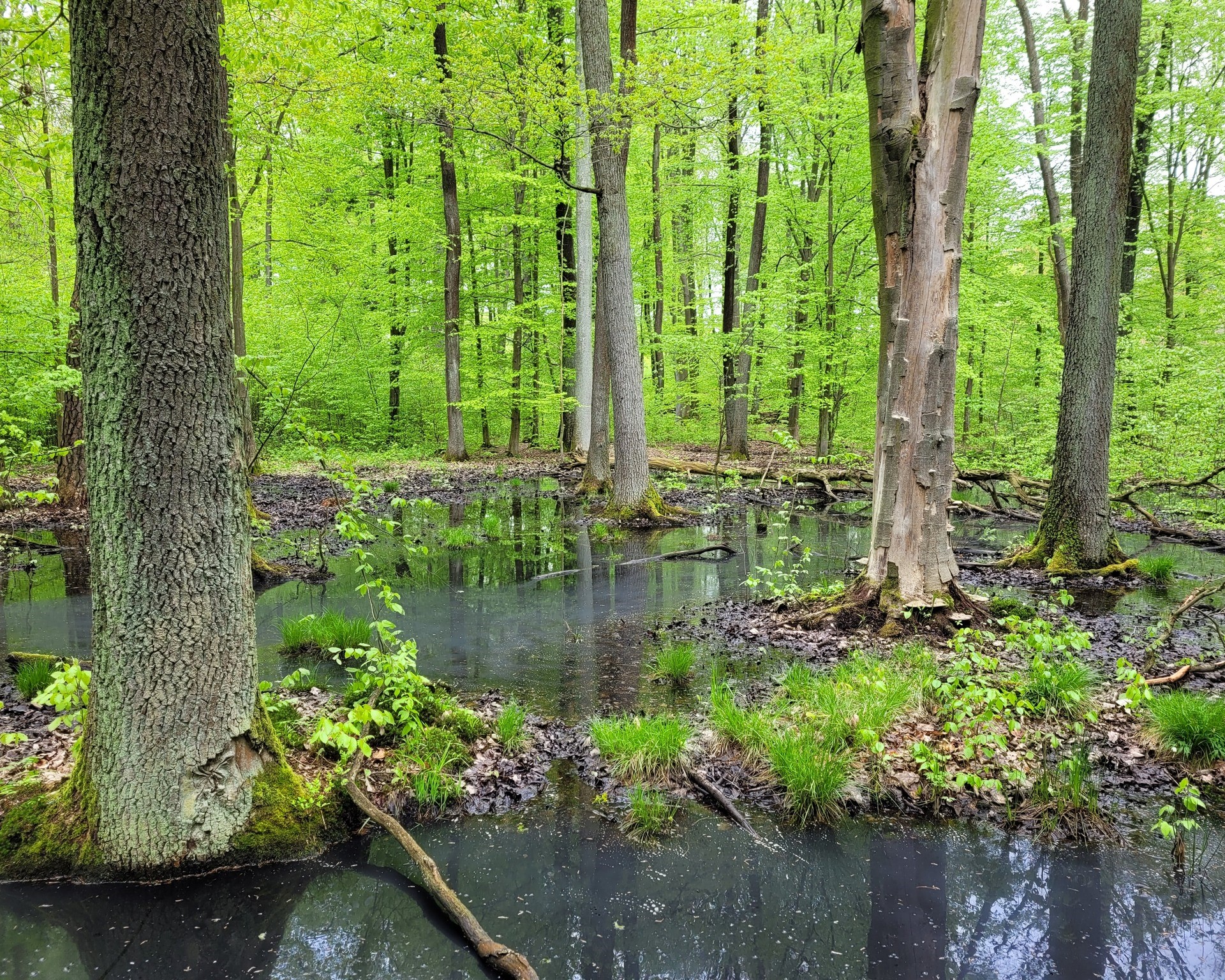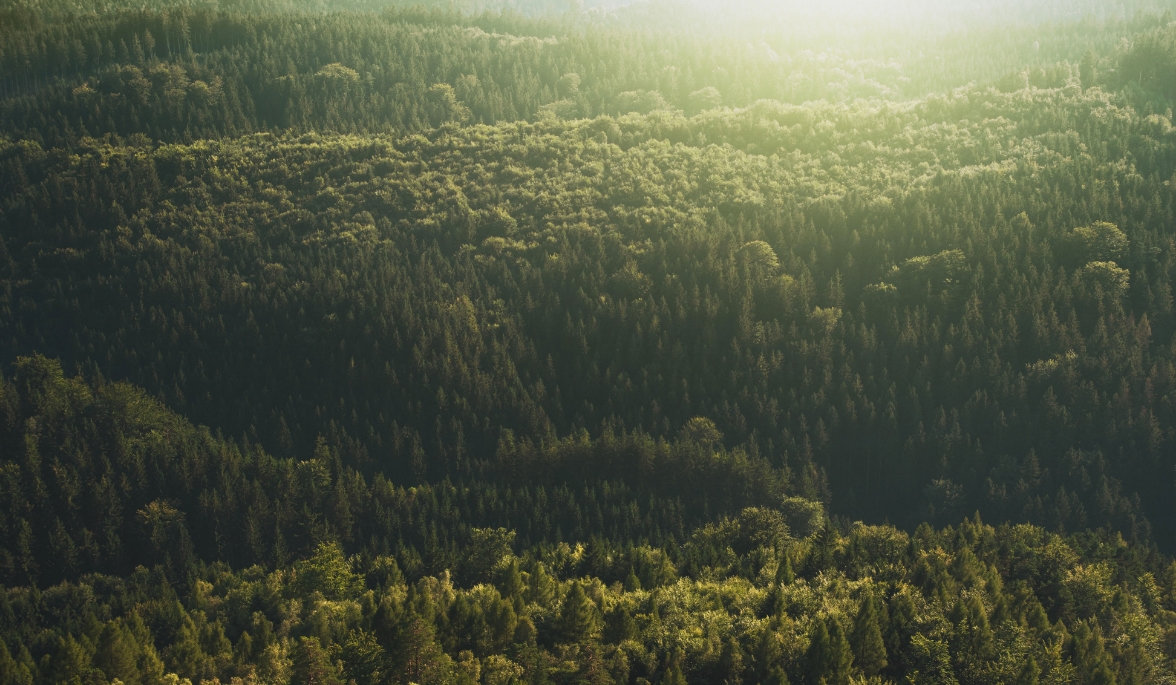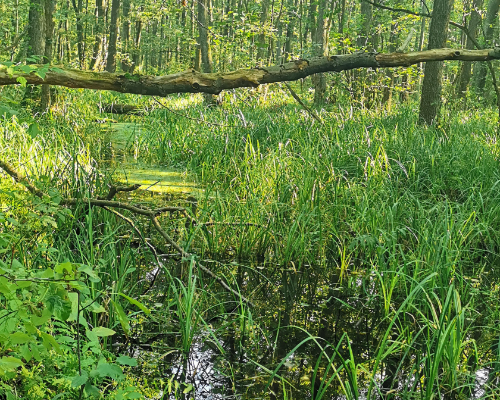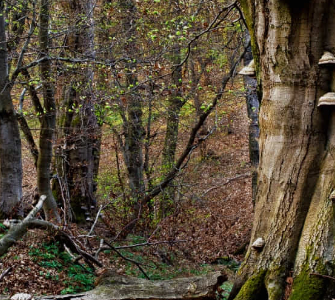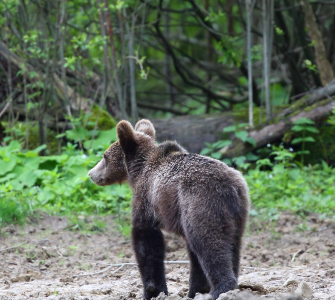Who are we?
We are an expert organization. Our activities are conducted in the most valuable natural areas. Where the last fragments of the wild forest remain, inhabited by wolves, lynxes, bears and elk.
We stand on guard of Polish nature. Our foundation also deals with the protection of old forests, so that they can remain the home for many endangered species and not to release the CO2 they have accumulated. You can support our actions now.
The objective of the Dziedzictwo Przyrodnicze Foundation is saving the wildest areas of Poland.
Our campaigns include: micro-reserves, wild emergency services and eternal forests.
How Eternal Forests are created?
1. We purchase forests typically labelled as wastelands. Such an area does not have to be a forest in geodetic terms, but is starting to become one. These are usually young or middle-aged forests, which were formed mostly through self-sowing. We do not conduct planting, meaning that we do not prepare the substrate with a tractor, we do not transport seedlings, we do not perform clearing and cutting works, as all of this is linked to additional CO2 emissions, whereas self-sown trees are better adapted to local habitat and climate conditions.
2. The forest continues to grow and will never be cut down. In a specified time, it will accumulate the maximum amount of carbon per surface area, meaning that at several hundred m³ of wood per hectare (depending on the habitat and tree species from about 500 to 800 m³/ha) the emissions from decomposition of dead wood will equal the capture of CO2 from the atmosphere by live trees. This “carbon warehouse” will continuously store carbon captured from the atmosphere in 500-800 m³/ha of wood.
3. Eternal forests are not fenced, it is possible to walk around them, no new trees are planted and no wood is extracted from such a forest. They are supervised by our Foundation, the amount of wood per surface area is regularly measured according to the standard scientific methodology. You too could visit an eternal forest.
4. They are significant for the nature thanks to the fact that the trees are not cut down and they offer refuge for many species. They retain water, cool on hot days, prevent floods. They grow in the vicinity of protected areas, on wetlands, in the mountains and in river valleys, all of which are important ecological corridors, typically on humid and swampy habitats.
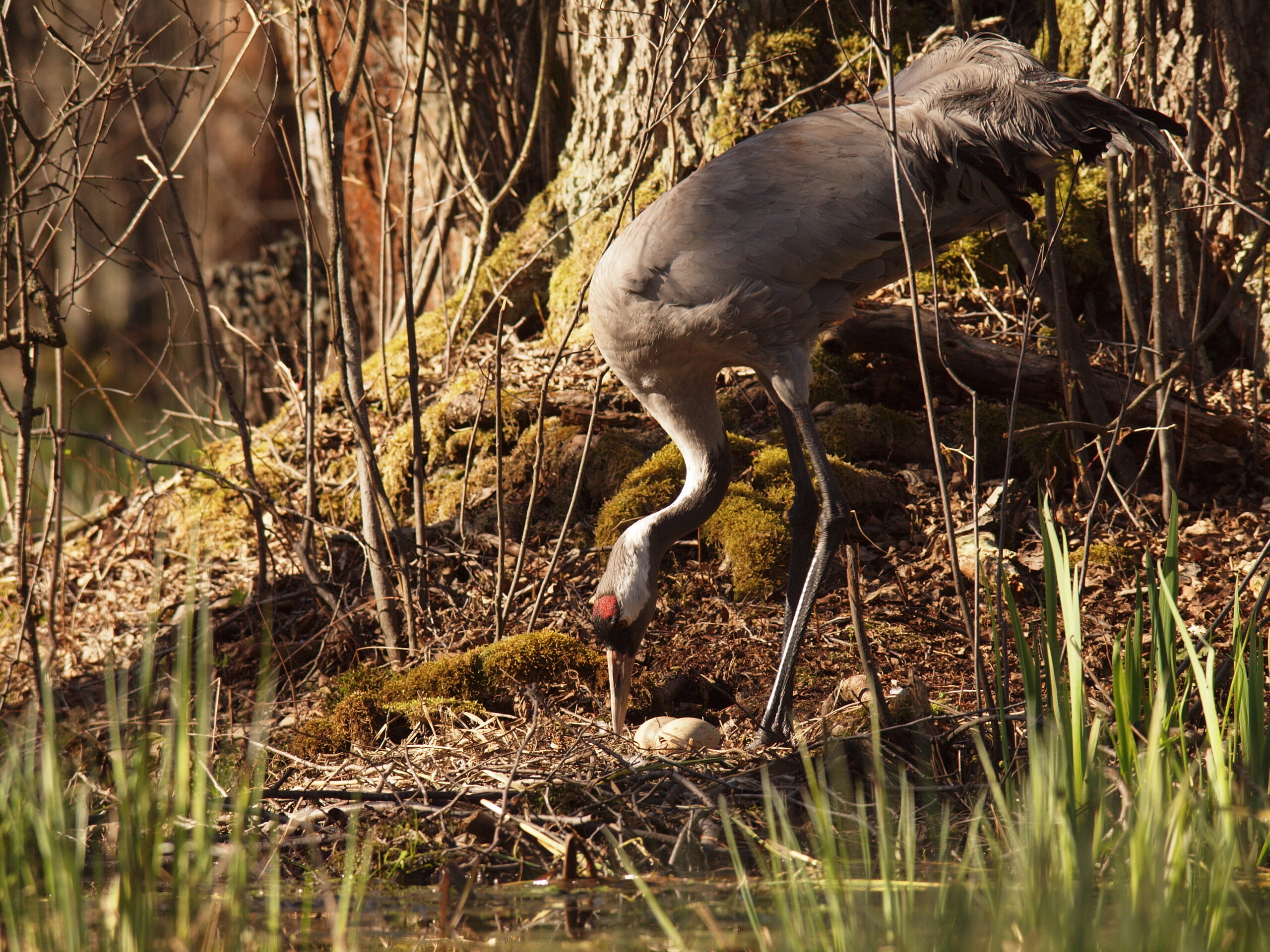

How much does it cost to capture CO2 with forests?
We have calculated the rate for CO2 capturing in accordance with the formula for rates for the so-called CO2 offset, that is replacement of your emission with reducing emission from another source, it is assumed that on the global scale it is approximately US$12 /tonne CO2, that is PLN 45.60 /tonne CO2. On average a Polish citizen emits 10.76 CO2 equivalent from all greenhouse gases, that is 10.76 tonne of CO2 X PLN 45.60 /tonne = PLN 484/year which gives an average rate of PLN 40/month.
Such a rate with current prices of spontaneously foresting wastelands, meaning that every tonne of CO2 for the capture of which you have paid will be captured at the latest by year 2100.
Capturing CO2 with forests - how does it work?
Trees growing on a given area absorb CO2 from the atmosphere and embed the carbon in their structure, giving oxygen back. The increase of the amount of carbon contained in trees has been scientifically determined and it depends on soil and tree age. Within a period of 80 years, a swamp alder forest will capture no less than 535 tonnes of carbon dioxide from the atmosphere only with its trees, not counting the capture and storage in the peat it grows on.
With the density of alder wood (0.51 t/m³) and the percentage content of carbon in alder (49%) known, the amount of carbon accumulated can be calculated for a forest that is e.g. 80 years old (584 m³). This means, that a 80-year old alder forest accumulates in its wood approximately 146 tonnes of carbon (0.51 x 0.49 x 584 = 146). 1 tonne of carbon captured by trees means reduction of the amount of CO2 in the atmosphere by 3.67 tonne, that is after 80 years 1 hectare of alder forest will decrease the amount of CO2 in the atmosphere by 535 tonnes (146 x 3.67 = 535).
Independently of the carbon capture by the trees, the added value of swamp forests on a well hydrated substrate is the formation of peat, which occurs a slow rate of approximately 1 mm per year. However, this means capturing an additional tonne of carbon from the atmosphere per alder forest hectare every year (after the passage of 80 years to the 146 tonnes of carbon in the wood 80 tonnes of carbon accumulated in the peat can be added, meaning reduction of the amount of CO2 atmosphere by 829 tonnes thanks to every hectare of alder forest). In the case of drained alder forests, where the emissions from dried peat may reach even up to 30 tonnes of CO2 per year, the benefit coming from our actions is to contain this emission, irrigate peat by blocking drainage ditches and to peat starting to capture carbon from the atmosphere. Further added value is that an alder typically lives for 100-120 years, meaning that it will bind a much greater amount in its wood than 146 tonnes (for 80 years). Furthermore, the dying trees will contribute to the resources of dead wood on the area, in the longer perspective this amount may be over 100 m³ of wood/hectare.
Sources:
https://www.itd.poznan.pl/pl/vademecum/olcha
Bolesław Szymkiewicz. Tablice zasobności i przyrostu drzewostanów. Warszawa, 1966.
